Study: The Possibility of Using Cloud Computing Technology in E-Learning at Qassim University
Written by: Dr. Enas Mohamed Ibrahim Al-Sheety
In light of the accelerating shift toward digitization, particularly in the field of education, the potential of using cloud computing technology in e-learning at Qassim University has emerged as an innovative and promising solution to address the challenges facing academic institutions, such as high costs, limited infrastructure, and difficulty accessing educational resources. The study conducted by Dr. Enas Al-Sheety addressed this topic in detail, presenting a practical model for applying the technology in a realistic educational environment.
The importance of the study and its problem
The study was based on the observation that there was a weakness in self-learning skills among female students in the College of Sharia and Islamic Studies. It discussed the possibility of using cloud computing technology in e-learning at Qassim University as a means of addressing this problem. The researcher raised several questions about the extent to which this technology can improve female students' abilities and enhance their skills, particularly in an educational environment that suffers from overcrowding and poor communication.
Research objectives and directions
The study's objectives focused on testing the feasibility of using cloud computing technology in e-learning at Qassim University to develop self-learning skills, foster a spirit of cooperation and participation among female students, and remove psychological and technical barriers to interacting with e-learning. It also sought to align the experiment with modern trends in university education.
Study methodology and research sample
The study followed the experimental approach, where a sample of 30 female students from the Department of Islamic Studies was selected, and the “Introduction to Computer Science” course was implemented using cloud computing technologies via the platform.Microsoft Live@Edu, with the aim of measuring the practical feasibility of using cloud computing technology in e-learning at Qassim University, performance was measured before and after the experiment using validated questionnaires.
Benefits of cloud computing in the university environment
The results showed that the potential of using cloud computing technology in e-learning at Qassim University offers numerous benefits, including easier access to content, reduced costs, and an interactive learning environment. The technology also enables collaboration between students, file sharing, and real-time interactive tests and exercises, which has contributed to increased learning efficiency and improved outcomes.
Obstacles to implementing cloud computing
Despite its advantages, the potential use of cloud computing technology in e-learning at Qassim University faces some obstacles, including poor internet connectivity, concerns about information security and intellectual property rights, and technological dependency on service providers. The researcher recommended the development of regulatory and legislative policies to address these challenges.
Comparison between Google and Microsoft applications
The study provided a practical comparison between services.Google Apps and Microsoft Live@Edu, concluding that the latter is superior in the use of cloud computing technology in e-learning at Qassim University, particularly in terms of storage, email, and security. The study relied on Microsoft Live@Edu as the educational platform for conducting the field experiment.
Types of cloud computing services
The book explains that the potential use of cloud computing technology in e-learning at Qassim University depends largely on understanding the nature of cloud services, which are divided into three main types, often abbreviated using three letters:IaaS, PaaS, and SaaS.
- Infrastructure as a Service –IaaS
It is called in English:Infrastructure as a Service
This service means that the organization does not need to purchase servers or storage equipment, but rather rents them from a cloud service provider such as Amazon or Microsoft.
In the context of the potential use of cloud computing technology in e-learning at Qassim University, this service allows the university to operate advanced systems without purchasing expensive equipment, such as databases or security systems.
example:
A student in Qassim needed to use a large program for her project. The program was hosted on a virtual server in the cloud, and she could access it from anywhere.
- Platform as a Service –PaaS
It is called in English:Platform as a Service
This service is geared more toward developers and researchers. Instead of requiring developers to install development tools on their own devices, the cloud provides them with an integrated environment for development and testing.
In the possibility of using cloud computing technology in e-learning at Qassim University, this service is used to develop educational applications or interactive tools for use by students and teachers.
example:
A university developer creates a web application that helps with automatic assignment correction. It doesn't require a powerful device, just a cloud platform and gets to work.
- Software as a Service –SaaS
It is called in English:Software as a Service
Here you get a ready-to-use program online, without the need to download or install it.
If cloud computing technology is available for use in e-learning at Qassim University, this type is the most commonly used, such as word processing programs (Microsoft Word Online), spreadsheets, presentations, and other Microsoft Live@Edu tools.
example:
The student opens her browser and begins editing a PowerPoint presentation without downloading any software, and the file is automatically saved to the cloud.
The ability to use cloud computing technology in e-learning at Qassim University relies heavily on these three services, which provide a flexible, secure, and convenient environment for students and faculty. They provide powerful resources without the need to purchase or maintain anything locally.
Study results and questionnaires
Survey results showed that the majority of female students expressed high satisfaction with the use of cloud computing technology in e-learning at Qassim University, considering it an effective tool for improving academic performance and providing a more flexible and realistic learning environment. The results also indicated that female students greatly benefited from storage, email, and instant sharing services.
The study recommended extending the use of cloud computing technology in e-learning at Qassim University to all colleges, providing training courses for faculty members and students, developing e-learning curricula compatible with this technology, and issuing regulations to regulate and protect the cloud learning environment.
The study demonstrated that the potential of using cloud computing technology in e-learning at Qassim University is not just a passing experiment, but rather represents a promising strategic alternative for advancing university education, given its flexibility, integration, and efficiency. It paves the way for Saudi universities to embark on a comprehensive digital transformation in line with the goals of Saudi Vision 2030, while maintaining the quality and effectiveness of education.
You can download the study: The Possibility of Using Cloud Computing Technology in E-Learning at Qassim University directly from here.
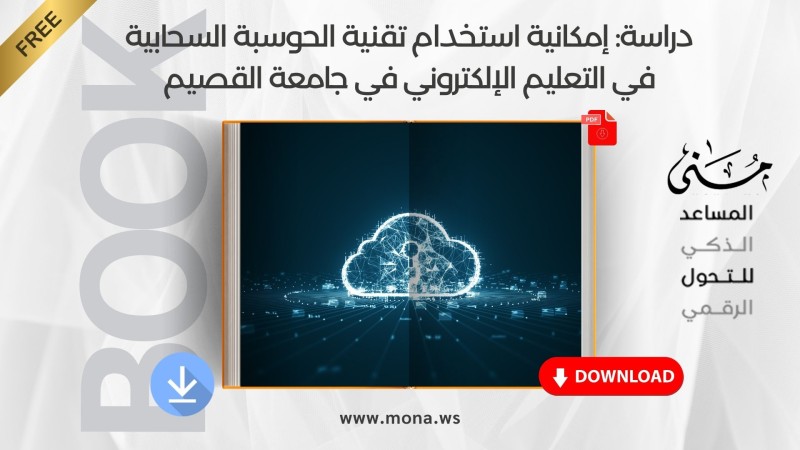 يمكنك تحميل دراسة: إمكانية استخدام تقنية الحوسبة السحابية في التعليم الإلكتروني في جامعة القصيم مباشرةً من هنا.
يمكنك تحميل دراسة: إمكانية استخدام تقنية الحوسبة السحابية في التعليم الإلكتروني في جامعة القصيم مباشرةً من هنا.
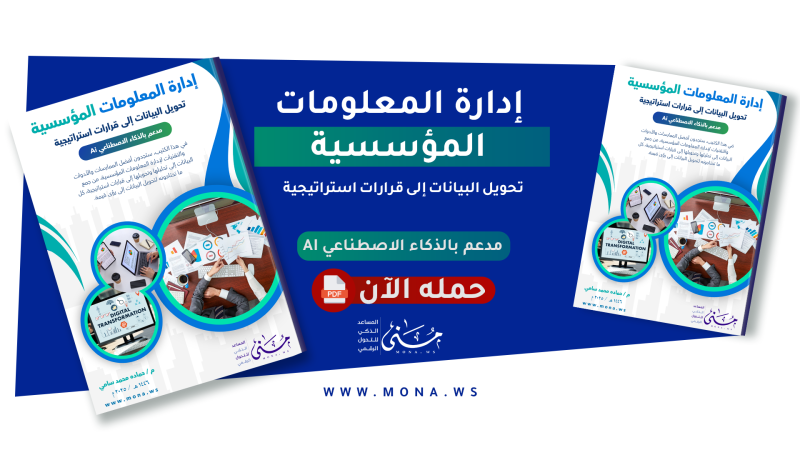
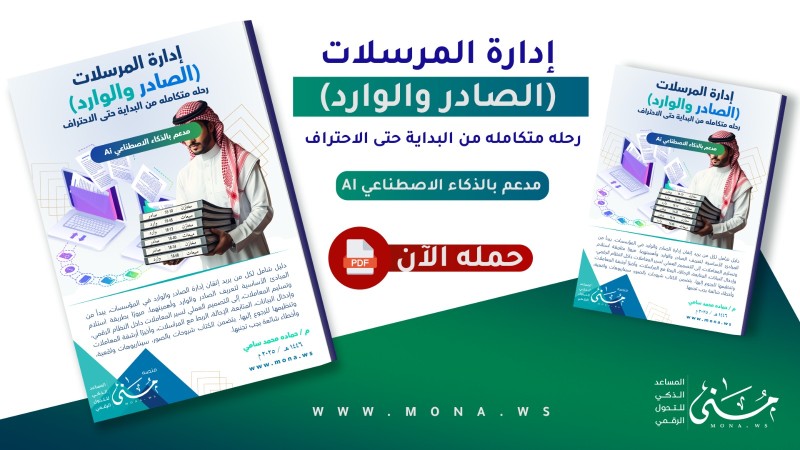
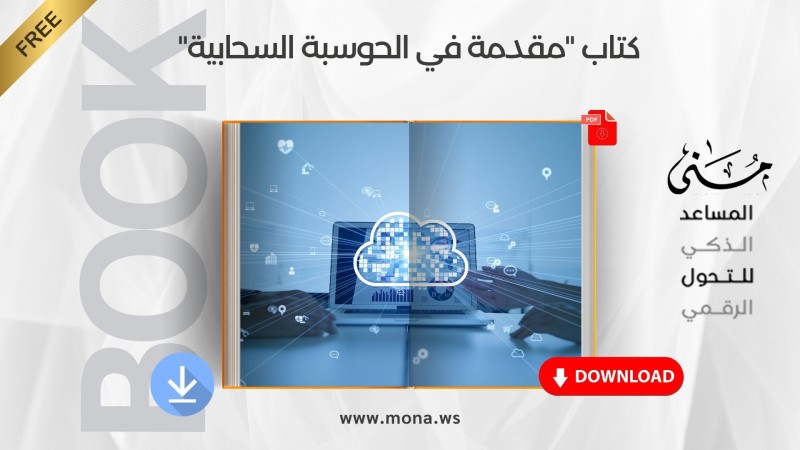

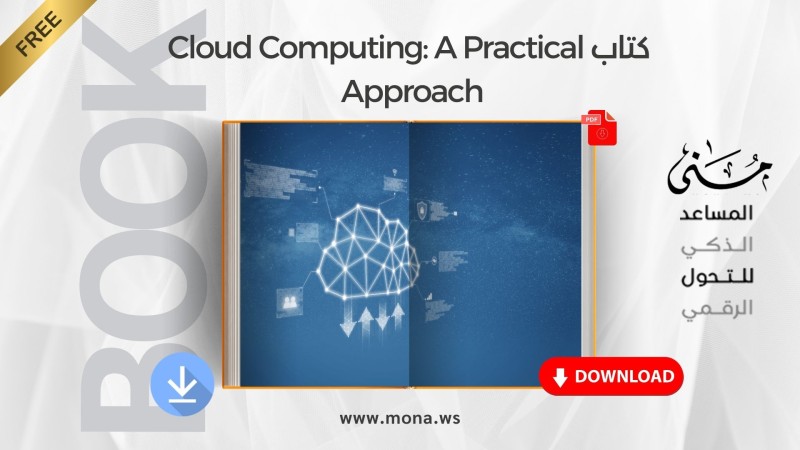
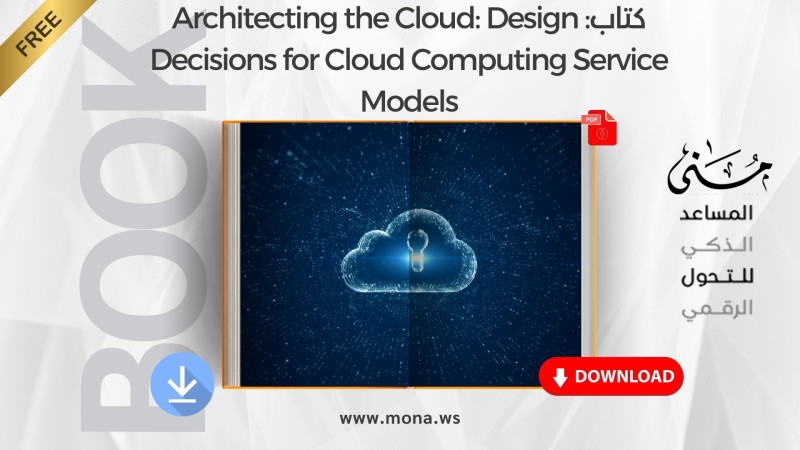
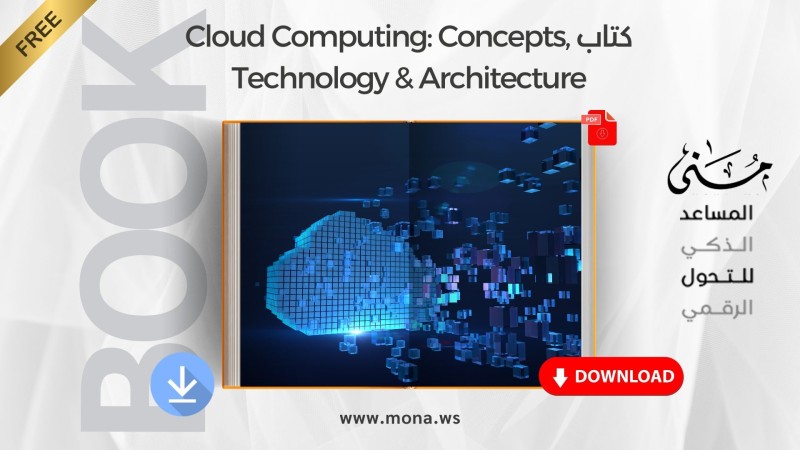
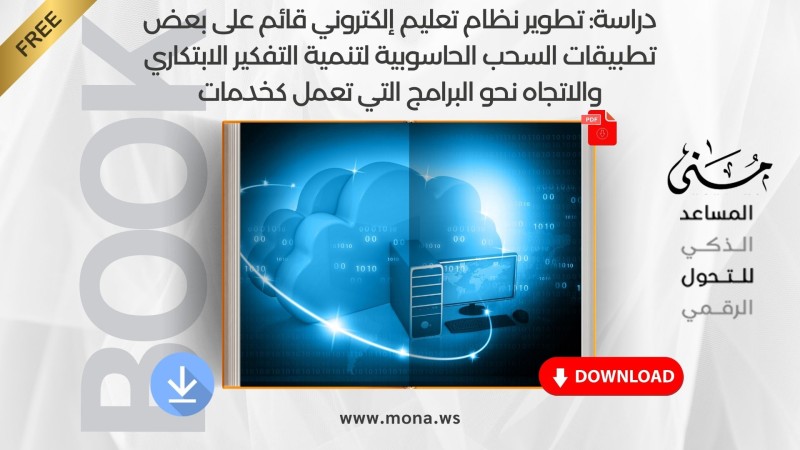
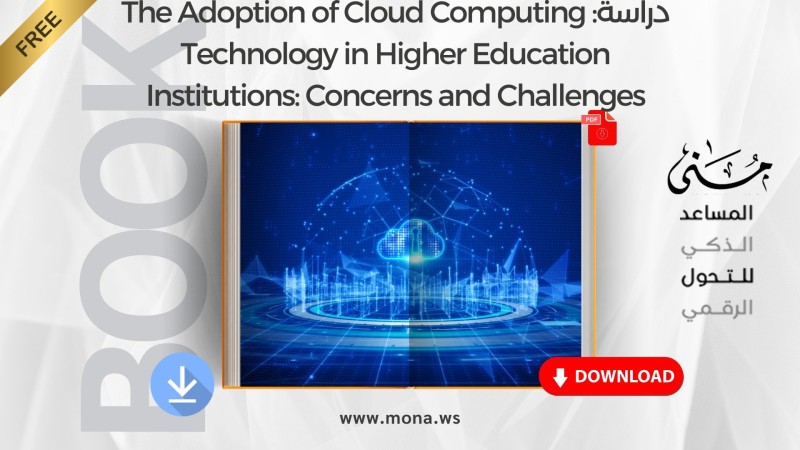
Comments
Add New Comment